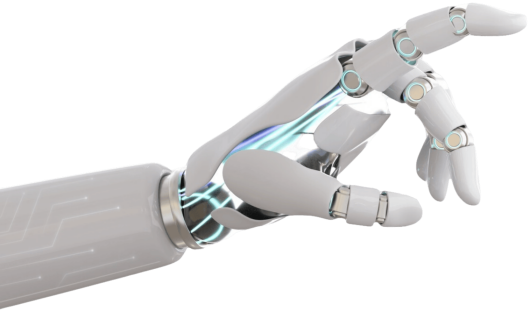
Most supervised learning methods are currently used to solve the task of person re-identification (Re-ID) and yield excellent results. But these methods usually need manual annotation of training data. Especially for large data sets, they need too high cost of manual annotation and the data are difficult to obtain for fully pairwise labeling. So unsupervised learning becomes a necessarily trend for person Re-ID. This paper is trying to solve the problem by unsupervised learning method. Moreover, global features focus on spatial integrity of person features, and local ones help to highlight discriminative features of different patches. Therefore, fused-grained unsupervised (FGU) learning framework of global and local branches’ feature learning is proposed to solve Re-ID task. Specifically, for the local branch, one extracts patches from a feature map which learned on a PatchNet network of images, and learns their fine-grained features to pull close the similar patches and push away the dissimilar ones. For the global branch, one maximizes the diversity between classes by repelled loss and similarity within classes through attracted loss, then similarity and diversity in the unlabeled data sets are used as information for unsupervised cluster merging and learning their coarse-grained features. The two branches are used to jointly achieve the effect of increasing inter-class differences and intra-class similarity. A large number of experiments verify the superiority of the proposed method for unsupervised person re-identification.
Unsupervised Learning, Fused-Grained Feature Learning, Cluster Merging, Spatial Integrity.
Hua HAN, Li HUANG, Yujin ZHANG, Jiamin TANG, "Fused-Grain Feature Learning for Unsupervised Person Re-identification", Studies in Informatics and Control, ISSN 1220-1766, vol. 31(2), pp. 37-48, 2022. https://doi.org/10.24846/v31i2y202204